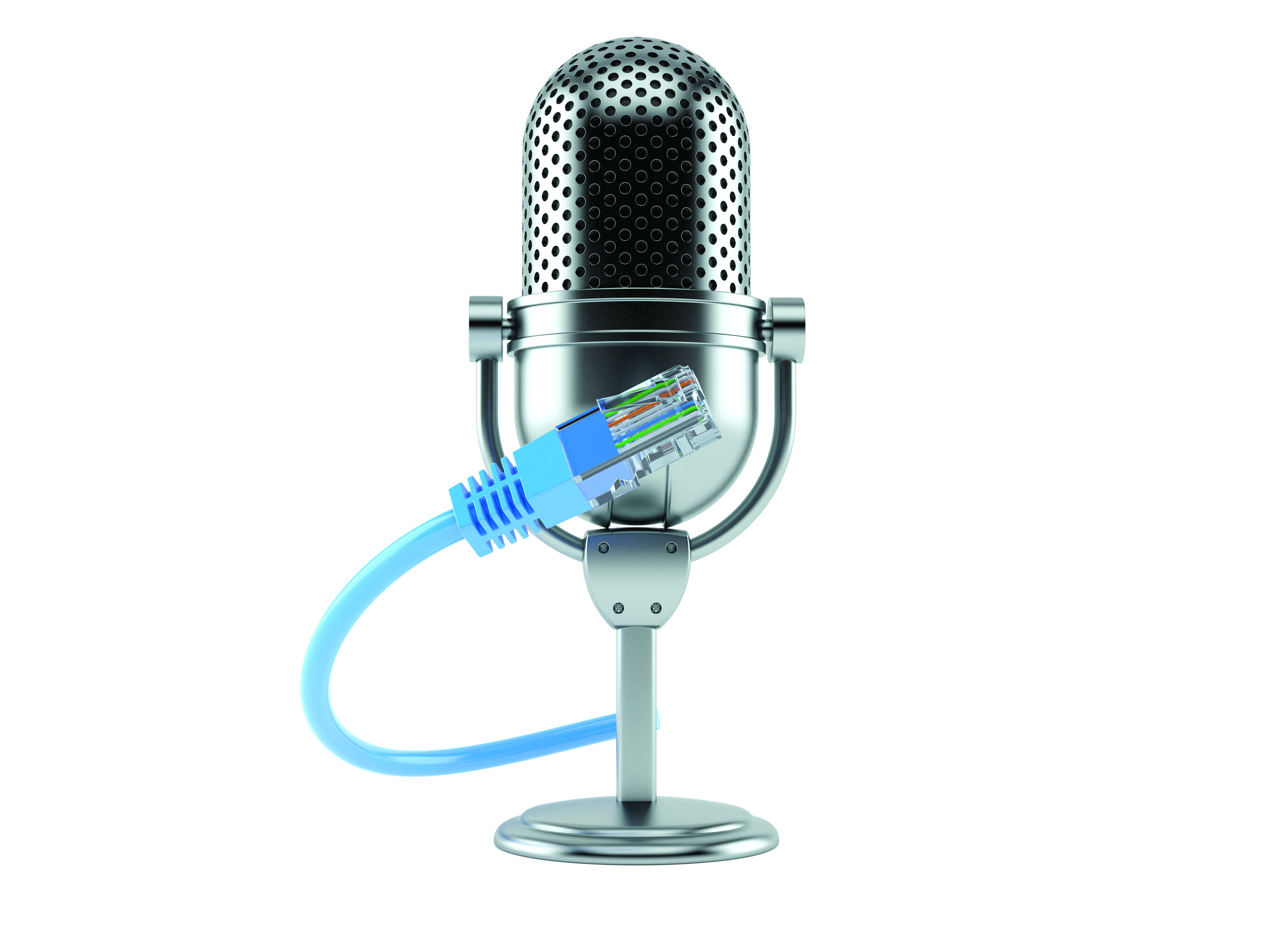Promise of Turning IP Into Reality ‘Within Touching Distance’
As the broadcast industry transitions to IP networks, certain challenges remain in their implementation and operation

As the broadcast industry transitions to IP networks, certain challenges remain in their implementation and operation. Cognizant of potential pitfalls, manufacturers are stepping up with new products that help customers move into a networked future.
The promise of full interoperability is tantalizingly just out of reach, reports Martin Dyster, project director, Telos Infinity. He said high-profile content providers from across the globe are asking product designers and suppliers in the wider media-over-IP marketplace to engage more directly and to work with each other as a team to move the industry forward. “I feel that we are within touching distance of turning the promise of IP into reality, but without further cooperation and teamwork, it remains more challenging than it should be.”
“Where a few of the video standards fall a little short with AES67, and even ST 2110,” said Shawn Anderson, product manager, RTS wired systems, “they’re really focused on the audio transport rather than the control. So one of the things that we helped spearhead was AES70, which is the Open Control Standard, to try and give some people at least a pathway to have unified control across the different systems. But that’s never going to completely replace the individual manufacturers, because they have far more capabilities with their native protocols,” he said.
Phil Owens, senior sales engineer, Wheatstone, said, “With the ubiquitous move to IP, it would be nice to say that all IP streams are the same, but they’re not. Wheatstone is designing our next generation Blade I/O devices with this in mind, allowing for compensation for various streams, flows and essences in the most flexible way possible.”
IMPLEMENTATION
Discovery, registration and connection management, essentially missing from current AoIP standards, means that implementation demands extra time and effort from the system integrator. As Tom Knowles, product manager, broadcast systems, SSL UK, observed, “Today’s standards-based approaches can be complex and time-consuming.”
But technology-based solutions like Audinate’s Dante, supported by SSL’s broadcast equipment, provide a full-stack solution, Knowles said. “Defined technology such as Dante makes AoIP routing a simple reality today while including the current transport-based standards and evolving to include the emerging discovery and connection management standards, future-proofing investment.”
For the foreseeable future, customers beginning to transition to AoIP workflows will likely take a hybrid approach, combining silos of equipment using proprietary protocols interoperating via standards-based networks and gateways.
Get the TV Tech Newsletter
The professional video industry's #1 source for news, trends and product and tech information. Sign up below.
“The biggest challenge I see is for stations that need to support some of their legacy SDI architecture while transitioning to IP,” said Owens. “Fortunately, the model makes it easy to do a stepped implementation, installing IP ‘islands’ that will ultimately be joined in the final system.”
1. Audio-over-IP networks are becoming ubiquitous, yet challenges remain in their implementation and operation.
2. By taking a hybrid approach to the AoIP transition, broadcasters can protect their investments in legacy equipment while beginning to enjoy the benefits of networking.
3. In the decade to come, workflows will continue to evolve with the rollout of 5G networks.
AoIP has been and will undoubtedly remain a great enabler and is certain to drive the evolution of future workflows.
“The rise of IP and remote production that we’re seeing will naturally lead to fully virtualized workflows becoming more prevalent,” said Dave Letson, vice president of sales, Calrec Audio. “DSP resources will be centralized and allocated to productions as and when they are required, so a production hub can cover any event anywhere by tapping into centralized resources via IP networks.”
Looking further into the future, “Undoubtedly a major driver will be the lower cost and availability of ultra-high-speed data networks, the precursor being the rollout of 5G. Media data transport bandwidth will be ubiquitous,” said Dyster. “The real fun here is figuring out what our user interfaces will look like and how people might use our products differently.”
Steve Harvey began writing for Pro Sound News and Surround Professional in 2000 and is currently senior content producer for Mix and a contributor to TV Tech. He has worked in the pro audio industry—as a touring musician, in live production, installed sound, and equipment sales and marketing—since November 1980.
